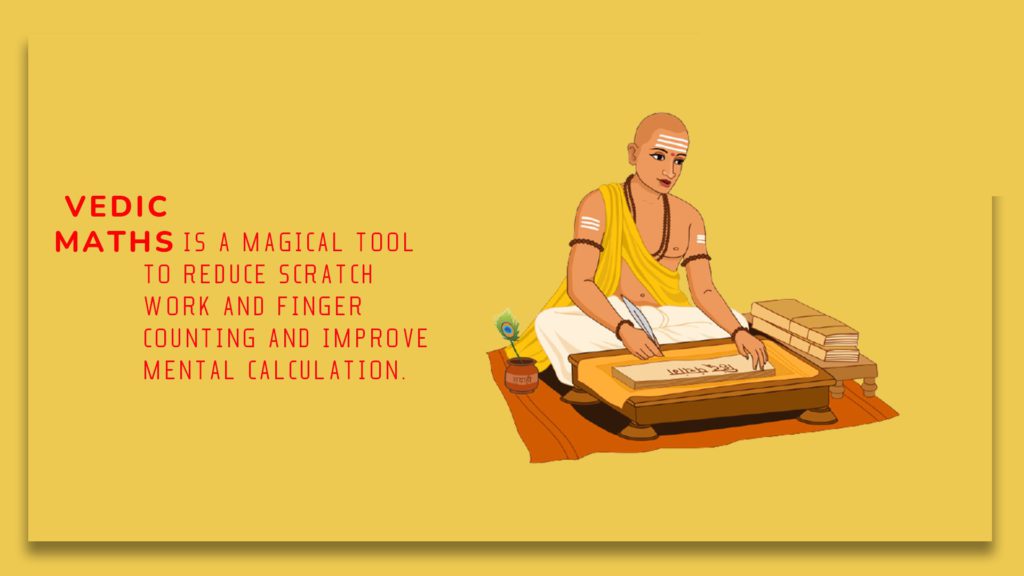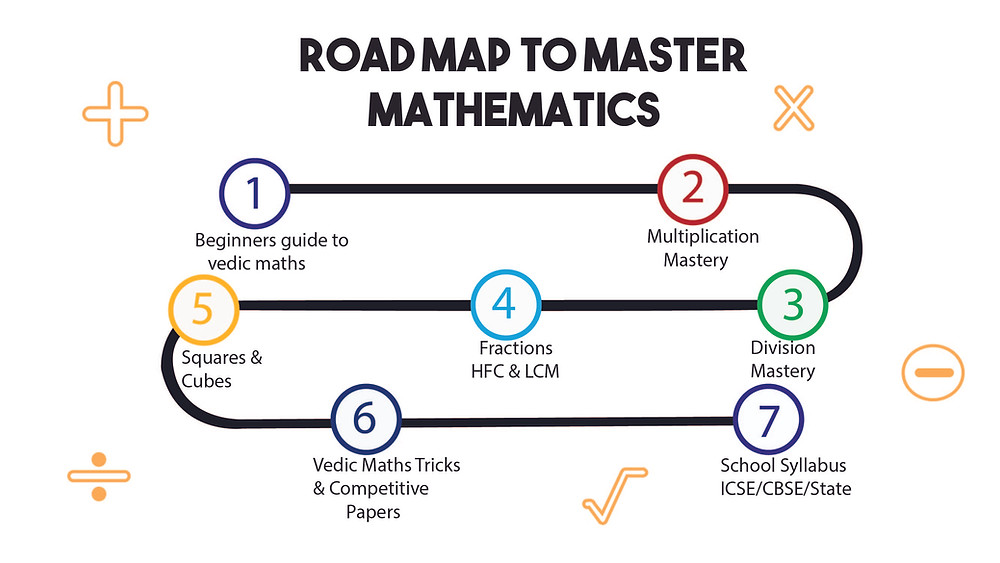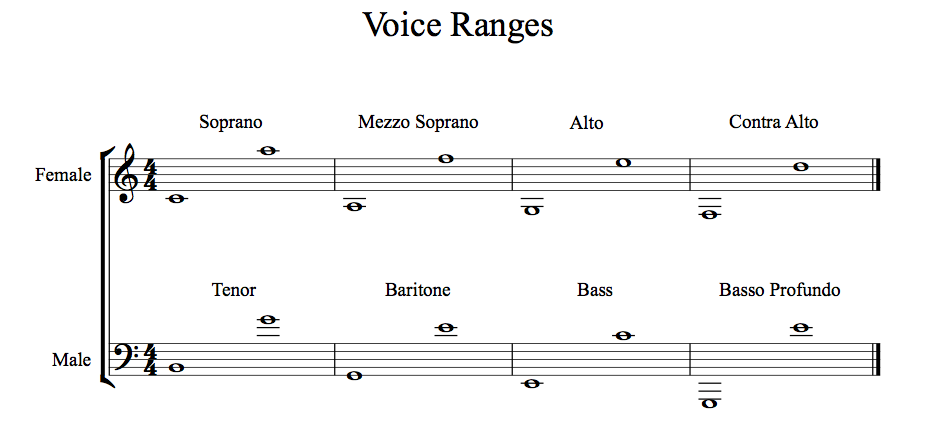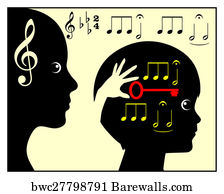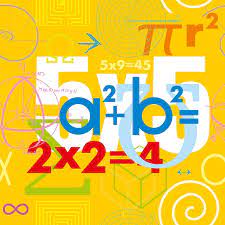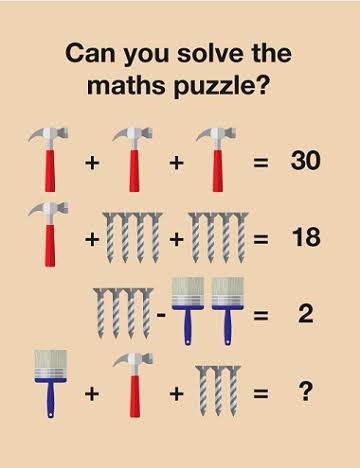In 2025, hobbies are no longer just casual distractions—they’re a vital part of self-care, emotional healing, learning, and lifestyle enrichment. Whether you’re a student, a homebody, a retiree, or someone looking to explore new passions, there’s a hobby out there just for you.
From traveling hobbies to music hobbies, beauty hobbies, and even science-inspired interests, today in this we cover the most productive, fun, and creative hobbies to learn online or offline. Whether you’re seeking hobby classes online or want something screen-free, this guide has you covered with the top hobbies for 2025.
🎵 Musical Hobbies: Tune Into Joy
Hobbies related to music are more than entertainment—they offer stress relief, creative expression, and emotional healing. Some popular music hobbies include:
- Singing as a hobby to boost your confidence and mood
- Playing instruments like guitar, keyboard, or drums
- Starting a podcast or curating Spotify playlists
- Joining virtual or local choirs or bands
These hobbies for music lovers are perfect for all ages. And if you’re shy or just starting out, there are great online hobby classes to help you build your skills privately.
💄 Beauty Hobbies for Creativity and Self-Care
In 2025, beauty-related hobbies are booming, especially among those who enjoy creativity and self-expression.
- Try makeup artistry as your makeup hobby or explore skincare routines
- Start a beauty blog or experiment with DIY spa treatments
- Attend hobby classes for ladies that focus on grooming, self-care, and holistic wellness
These beauty hobbies are ideal for personal confidence and even building side hustles. Whether it’s just for fun or something more, beauty hobbies are deeply empowering.
🌍 Travelling Hobbies for the Explorer in You
If wanderlust is your thing, traveling as a hobby can change your worldview. Even if you’re a homebody, there are ways to indulge in hobby travel and travelling hobbies without stepping far.
- Plan virtual tours or cultural cooking nights
- Create a travel scrapbook or blog
- Take online classes for adults hobbies that teach world history, geography, or languages
- Try armchair travel via documentaries or VR apps
Whether you’re engaging in hobby traveling locally or globally, it’s about curiosity and exploration—not just distance.
🧪 Science-Inspired Hobbies for the Curious Mind
Love logic, experimentation, or nature? These science-based hobbies keep your brain sharp:
- Explore chemistry hobbies like making homemade bath bombs or experimenting with safe chemical reactions
- Dive into biology hobbies like gardening, foraging, or nature journaling
- Learn astronomy or join science discussion forums
Such hobbies are not only educational but also perfect for screenless hobbies that keep your hands and mind engaged.
💃 Dance and Movement: Joy in Motion
Express yourself with movement! Dance is a hobby for all, regardless of age or skill.
- Take up hobby dance or explore cultural styles like flamenco, hip-hop, or classical
- Use online platforms for dance hobby sessions, or dance with friends for fun
- Try hobby dancing as a fitness alternative—it burns calories and uplifts your mood
It’s also one of the best hobbies for lazy people because it can start with just dancing around your room!
🏡 Indoor and Homebody-Friendly Hobbies
If you’re someone who enjoys peace and privacy, there are countless hobbies for homebodies:
- Journaling or creative writing
- Cooking international recipes
- Candle-making, knitting, or puzzles
- Online hobbies like learning digital design or starting a YouTube channel
These are also excellent retirement hobbies or productive hobbies for slow, mindful living.
🚗 Hobbies Related to Cars and Automotive Fun
Yes, there are automotive hobbies too! For car lovers, consider:
- Car restoration or model building
- Learning basic auto mechanics
- Blogging or vlogging about car reviews
- Joining online forums or clubs for enthusiasts
These hobbies related to cars are hands-on and rewarding.
💬 Social Media Hobbies and Helping Others
Today’s digital age has created social media hobbies too! Think beyond scrolling—start content creation, meme pages, niche groups, or digital storytelling.
If you seek fulfillment, try hobbies that help others, like:
- Volunteering
- Teaching skills online
- Mentorship or fundraising initiatives
These hobbies create connection and purpose, and many can be done remotely.
📚 Online Learning for Lifelong Growth
Online hobby classes have redefined how we engage with passions. From music and makeup to language and fitness, online classes for adult hobbies make learning accessible.
Search for platforms offering:
- Hobby classes online tailored to your interests
- Online hobbies to learn like calligraphy, digital art, or baking
- Short-term certifications for new skills
Perfect for working adults, students, or retirees—online learning is the future of hobbies.
✨ Advantages of Hobbies in 2025
- Improves mental health and combats loneliness
- Encourages emotional healing and mindfulness
- Sparks creativity and boosts self-esteem
- Builds communities and connections
- Offers career-switch opportunities or side income
Whether you’re drawn to emotional healing through hobbies or simply want fun, hobbies in 2025 offer it all.
🌟 Final Thoughts
From singing hobby to traveling hobbies, screenless hobbies to online hobby classes, there’s never been a better time to explore. Whether you’re into productive hobbies, indoor hobbies, or lazy-day pastimes, there’s a whole world of joy waiting to be discovered.
Start with curiosity, explore with heart, and grow through passion. The right hobby doesn’t just fill your time—it fills your life.





